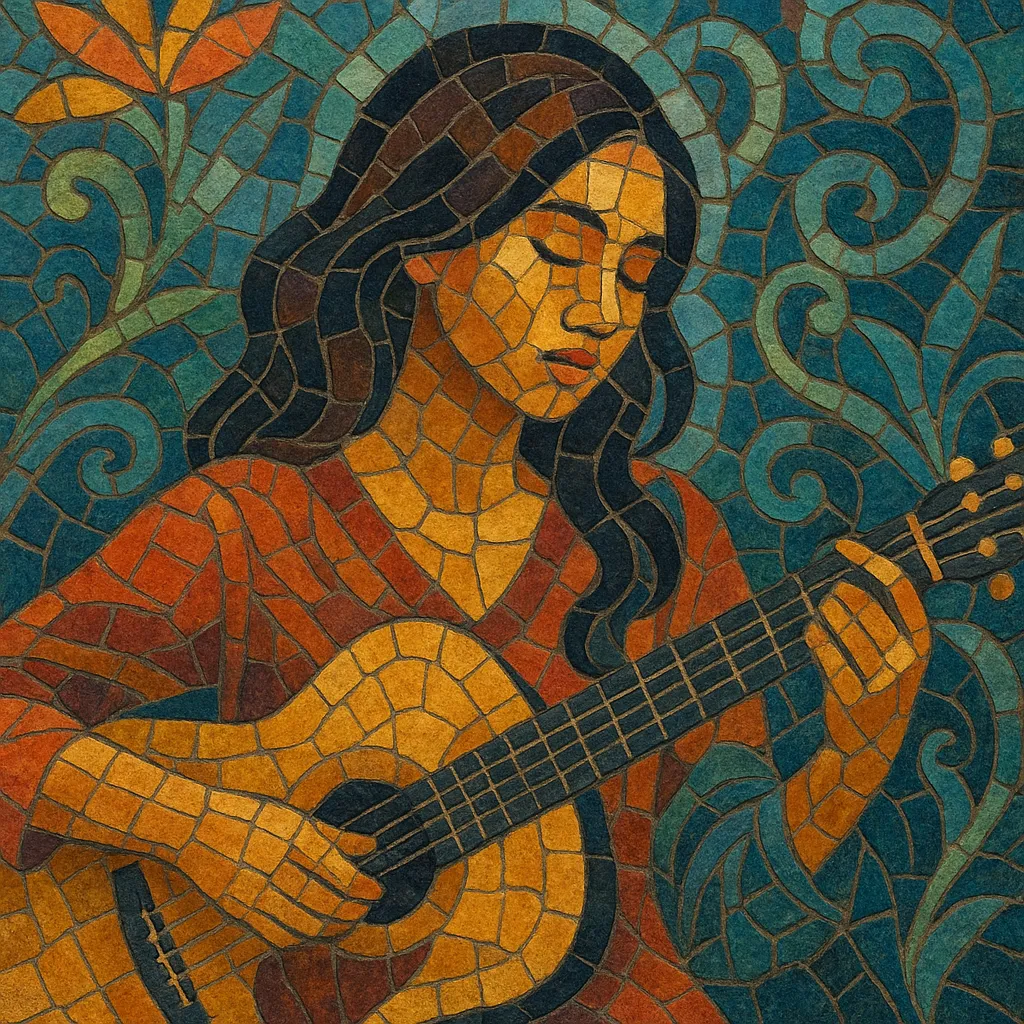Malay pop is mainstream popular music sung primarily in the Malay language and centered in Malaysia (with spillovers to Singapore and Brunei). It blends Western pop songcraft with local melodic sensibilities, favoring expressive vocals, lyrical melodrama, and singable hooks.
Stylistically it ranges from tender ballads to danceable, radio-friendly tracks. Arrangements often feature contemporary pop instrumentation (keyboards, guitars, bass, drums), with periodic borrowings from R&B, soul, jazz-funk, and city-pop aesthetics. Lyric themes commonly revolve around love, longing, family, social values, and everyday life, delivered in clear, emotive Malay diction.
Malay pop emerged in the 1960s alongside the Pop Yeh-Yeh craze, which localized British-influenced beat music and yé-yé flavors for Malay audiences. Bands and singers adapted rock and roll, surf, and early pop templates into Malay-language songs, establishing a commercial ecosystem of labels, radio, and variety shows.
Through the 1970s, Malay pop absorbed soft rock, disco, and easy listening. In the 1980s, jazz-funk and city-pop–like production values informed a sleeker urban sound, particularly in Kuala Lumpur’s studio scene. Strong ballad traditions coexisted with dance-pop, and the era produced durable standards and star vocalists.
The 1990s are often viewed as a golden era: powerful singers and writer-producers elevated the genre’s craft with lush arrangements, sophisticated harmonies, and emotive performances. Television talent programs, soundtrack tie-ins, and awards shows helped canonize a national repertoire and celebrity culture around Malay-language pop.
In the 2000s, Malay pop intersected with Indonesian Pop Melayu (a Malay-inflected pop-rock movement), creating two-way influences across the Straits. R&B, hip-hop, and acoustic singer-songwriter strains entered the mainstream. The 2010s saw streaming platforms expand reach, while indie and English/Malay bilingual acts (and collaborations with K-/J-pop producers) refreshed the sound palette.
Contemporary Malay pop remains centered on strong lead vocals and romantic storytelling, but production draws freely from modern R&B, electronic pop, and global chart trends. Viral platforms, OSTs, and cross-Malay-world collaborations (Malaysia–Singapore–Brunei–Indonesia) continue to shape its evolution.


